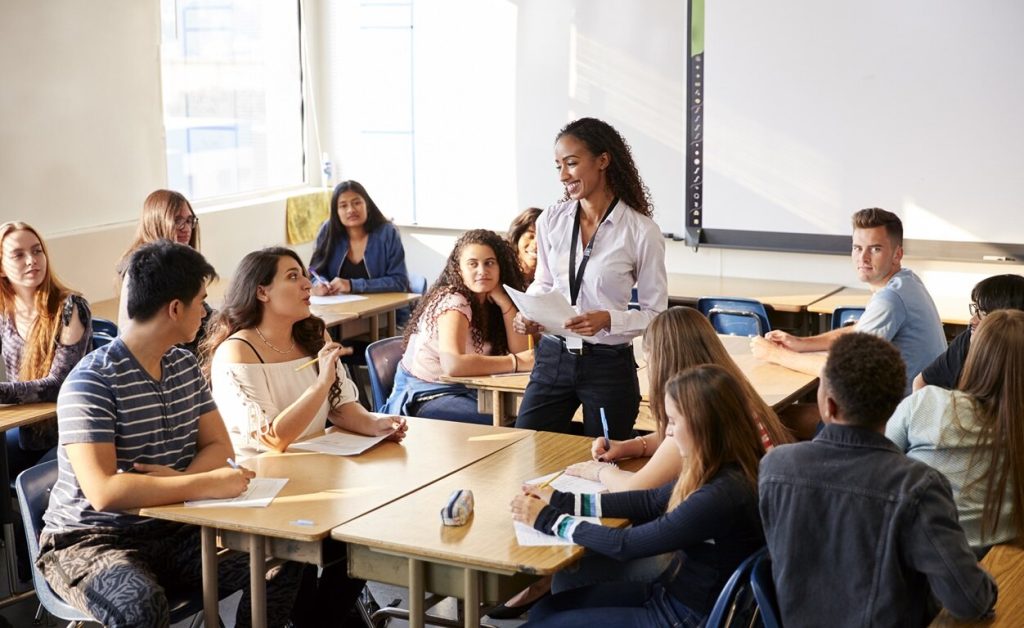
If I had to guess, you probably spent a good portion of your summer preparing for the school year, trying to plan for everything that could be planned for. A big portion of that included classroom management and routines.
And for the first couple weeks of school, it seemed that your planning paid off. Your students behaved – and behaved well. They followed directions, had supplies ready, and were courteous to one another. Welcome to the honeymoon phase of the school year, the period when you and your students are still figuring each other out. Things are going smoothly, but experienced teachers know this polite pleasantness won’t last forever.
The honeymoon period at the beginning of a school year lasts about two to four weeks. After that, students will have studied your character, and have figured out what they can and can’t get away with. This is when the excuses and off-task behaviors start to creep in – dogs start to eat homework, students start running out of pencils at remarkable speed, and you begin to be interrupted by cross or backtalk.
With that, the honeymoon ends. But there are ways to prevent the takeover of unwanted behavior and make the honeymoon feeling permanent.
Maintain strict routines. Don’t ever let your adherence to your own procedures waver. Students may not admit it but they thrive off routine and structure. If students lined up before class on the first day and it worked well, do it daily. This way, no student can claim ignorance around class expectations.
Have a routine for everything. It’s not overkill to have an organized way of executing every transition and every activity in your class, no matter how small. It reduces the chance of confusion and can end up saving you valuable class time. I have a routine for everything from sharpening pencils to collaborative discussion.
Consistently and fairly distribute rewards and consequences. Keep your behavior management system fair to hold students accountable for both good and bad behavior. It’s not always the severity of a consequence that keeps students aligned but the certainty of receiving one. I keep a weekly checklist of behavior where students receive positive marks for meeting class expectations and negative checks for breaking a rule. A weekly report of behavior and grades gets sent home to parents on Fridays, which I require parents to sign.
Check in with your students. Students learn better from teachers they have a positive relationship with. Do quick one-on-one or small group check-ins to discuss how they are feeling about academics, social issues, classroom expectations, and other things they are passionate about. Ask how you can support them. As an extra relationship-builder, I write my students thank you cards when they meet a goal or earn an accomplishment to let them know that I am truly listening to them and care about what they care about.
No class is perfect and there will be days of struggle, but if you remain consistent and show the students you care, even days that are not brag-worthy will still feel worth it.
No matter what grade or subject you teach, our education programs have practical strategies to make you a better teacher and leader. Explore all our graduate-level programs in the field of education.

